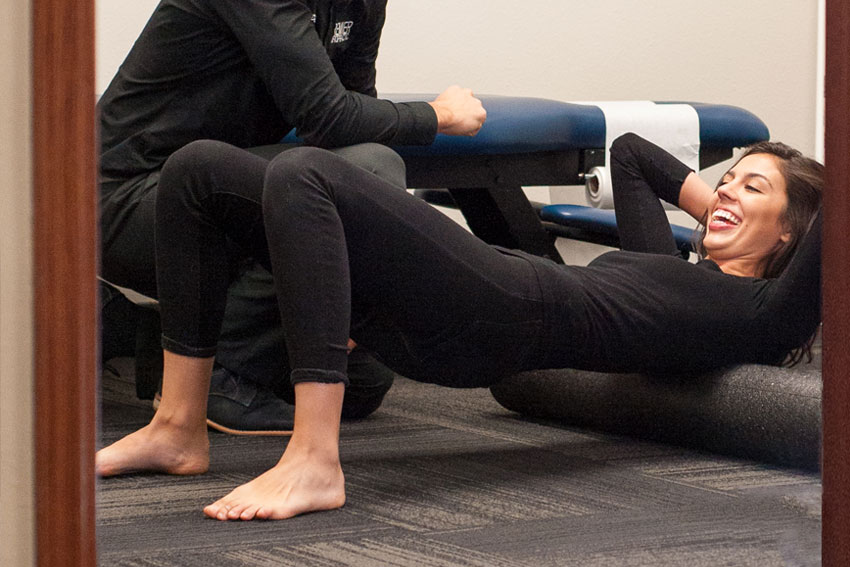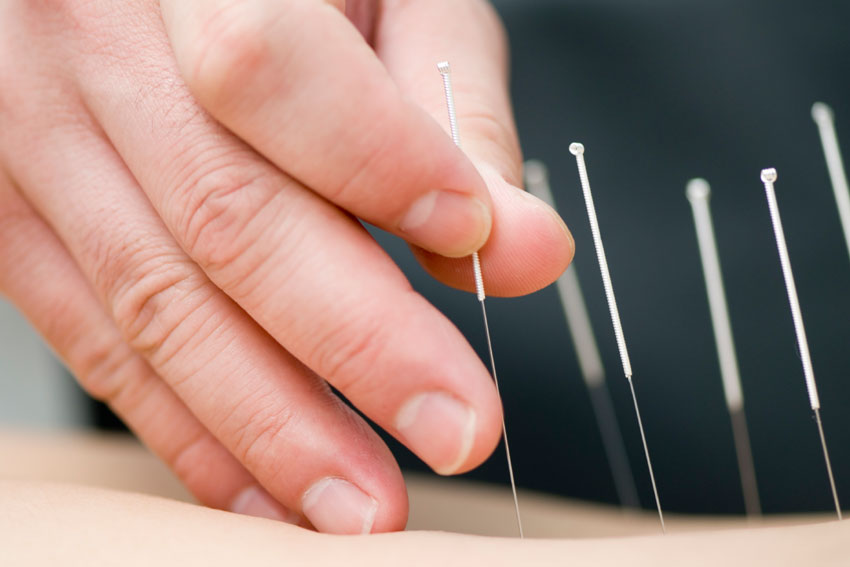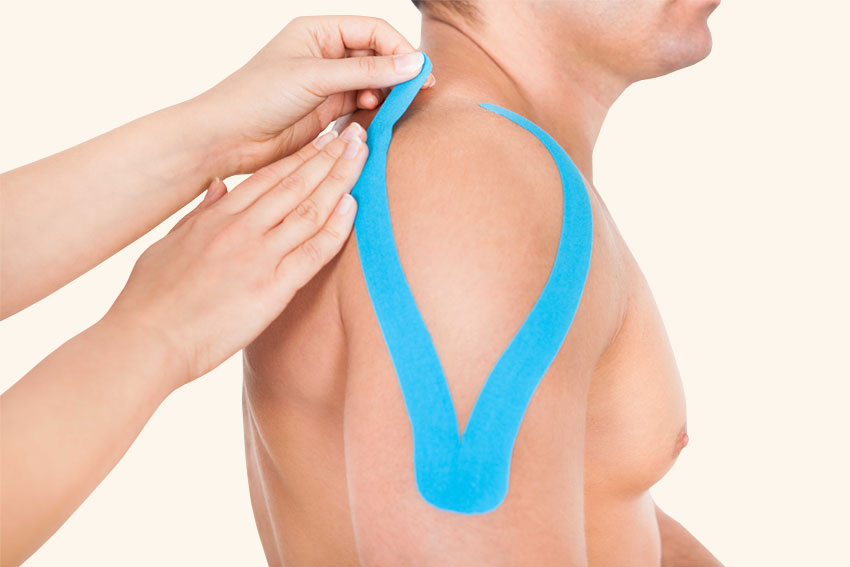Functional rehabilitation involves a comprehensive assessment of an individual's movement patterns, strength, flexibility, and overall function. Based on this assessment, a personalized treatment plan is developed to address the specific limitations and goals of the individual.
Treatment techniques in functional rehabilitation may include therapeutic exercises, manual therapy, neuromuscular retraining, balance training, and functional movement training. The focus is on improving strength, range of motion, coordination, balance, and overall functional capacity to enhance the individual's ability to perform everyday activities or return to sports and recreational activities.
Functional rehabilitation can be beneficial for a variety of conditions, such as musculoskeletal injuries, post-surgical rehabilitation, chronic pain, neurological disorders, and sports-related injuries.





